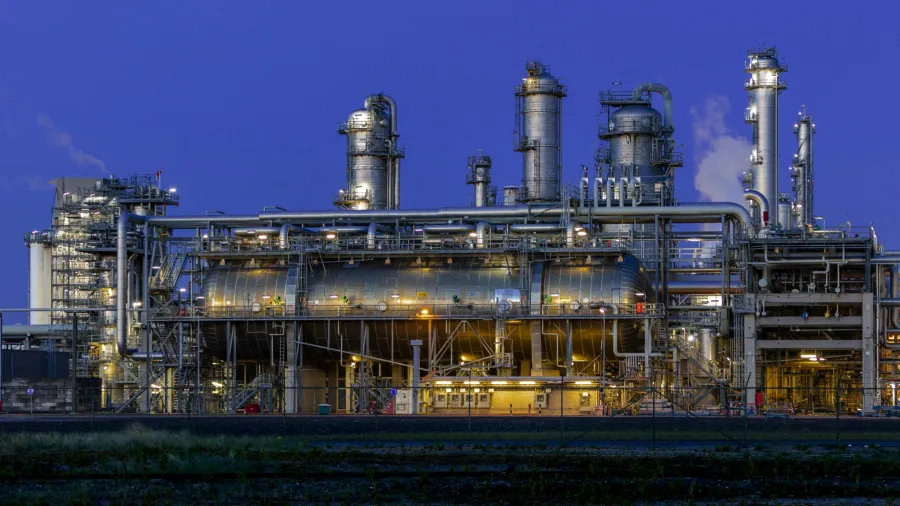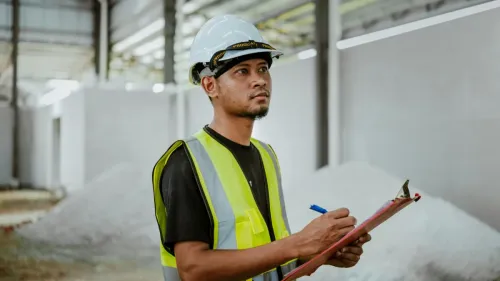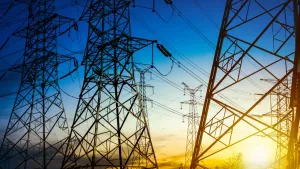
India seen ramping up petrochemical investments to strengthen supply chain
By 2030, India is expected to drive about a third of new global petrochemical capacity additions.
India is expected to press ahead with major petrochemical investments to cut import dependency of key materials used in products ranging from packaging to car parts, S&P Global said.
"India's capacity additions in petrochemicals, which follow those of China, will increase competition within the broader Asian industry over the coming years," said Ker Liang Chan, credit analyst at S&P Global Ratings.
China and India—the world’s biggest and third-largest petrochemical consumers—have long depended on imports to meet demand.
"Greater self-sufficiency in India and China markets poses a challenge for Asia-Pacific petrochemical exporters, absent mitigating actions to diversify sales and optimise capital expenditure," said Chan.
China’s expansion of petrochemical capacity is set to continue for several years. By 2030, India is expected to drive about a third of new global capacity additions, according to S&P Global.
Despite signs of overcapacity in the region, India is unlikely to slow its investments in a push for domestic production.
S&P Global sees US$25b in planned spending from Indian public sector undertakings—tied to refinery projects—will likely proceed, whilst roughly US$12b in private sector investment could be more flexible.
Asian exporters are expected to be hit hardest, since more than half of China and India’s chemical imports currently come from within the region.
At the same time, increasing exports to the US may not be economically viable due to tariffs.
Even so, S&P Global expects Indian producers’ profits to hold up, supported by strong domestic consumption.
Moreover, it is said India is on track to surpass the US as the world’s second-largest consumer of polyethylene, one of the most commonly used plastics.
















